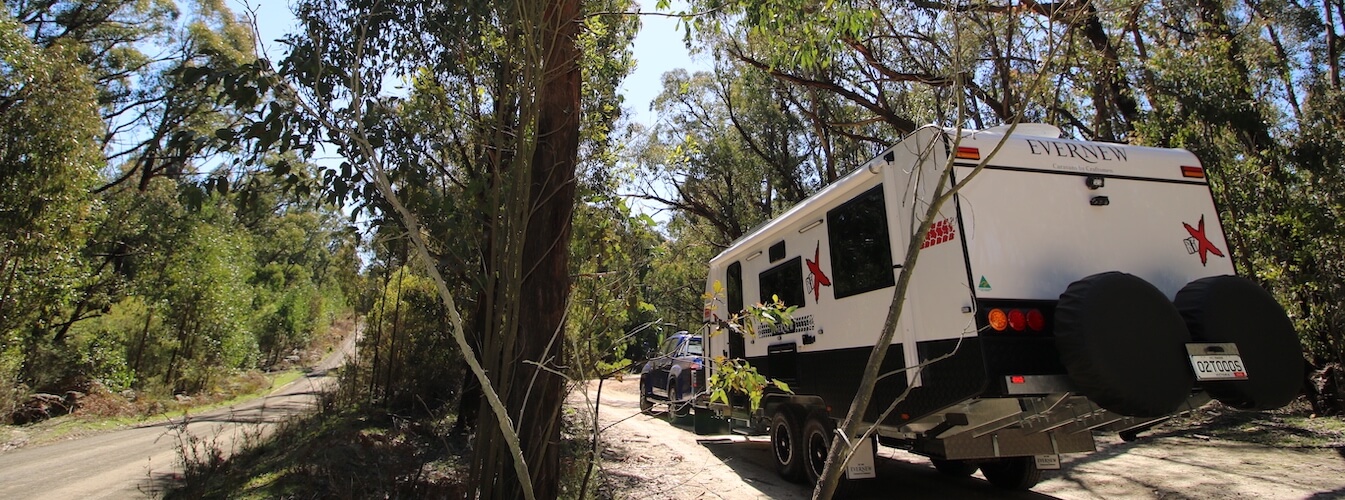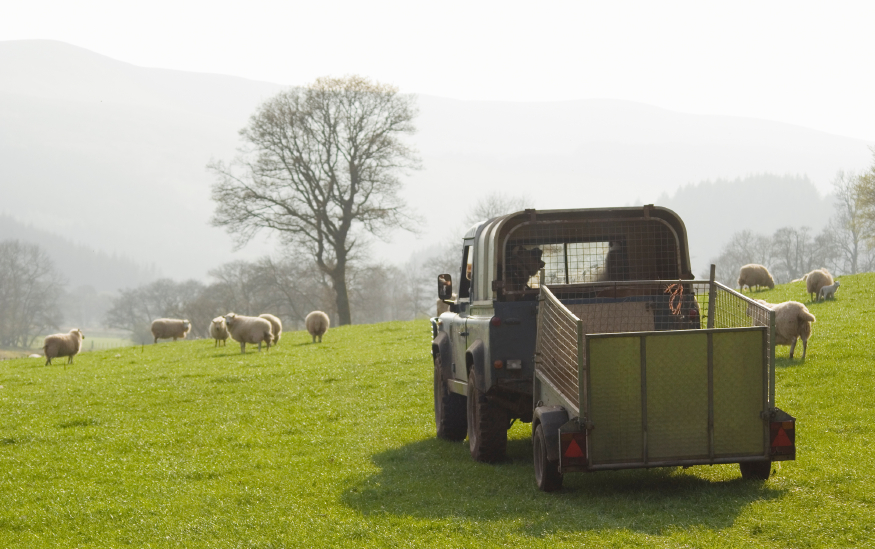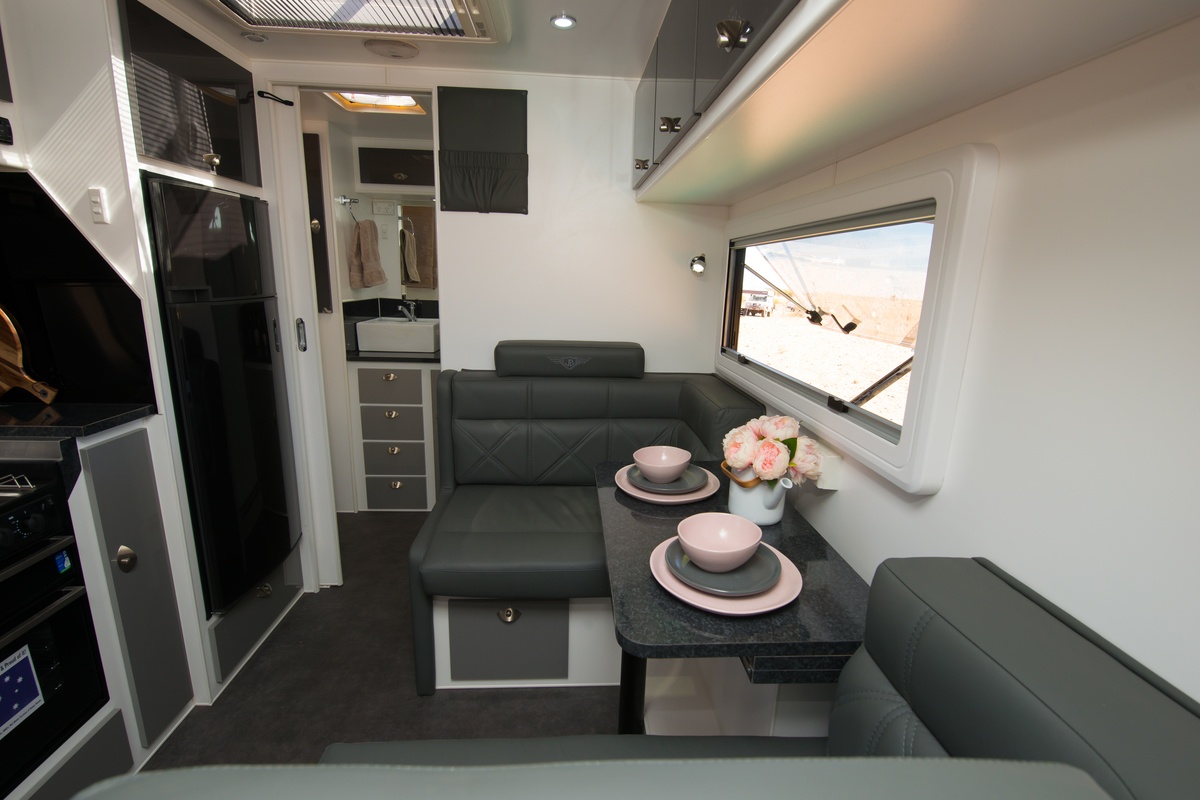An endless rutted road. A sandy track that weaves and wends towards a beachside campsite in the Top End. Or perhaps a long, pothole-filled road into a national park. The fact is, many of Australia’s best destinations are at the end of poorly maintained access tracks.
So what would constitute the ‘ideal’ RV for exploring remote Australia?
In my opinion, there is no such thing as an ‘ideal’ RV. Each vehicle type has its pros and cons. The key is to find one that suits the bulk of your needs, recognising that in some situations there may be limitations to either overcome or accept.
That said, when it comes to exploring remote Australia in all of its ungraded and inhospitable glory, it’s reasonable to suggest that a vehicle properly equipped for offroad touring is essential.
In this article, we’ll look at the benefits of exploring the outback and bush with either a motorhome or caravan.
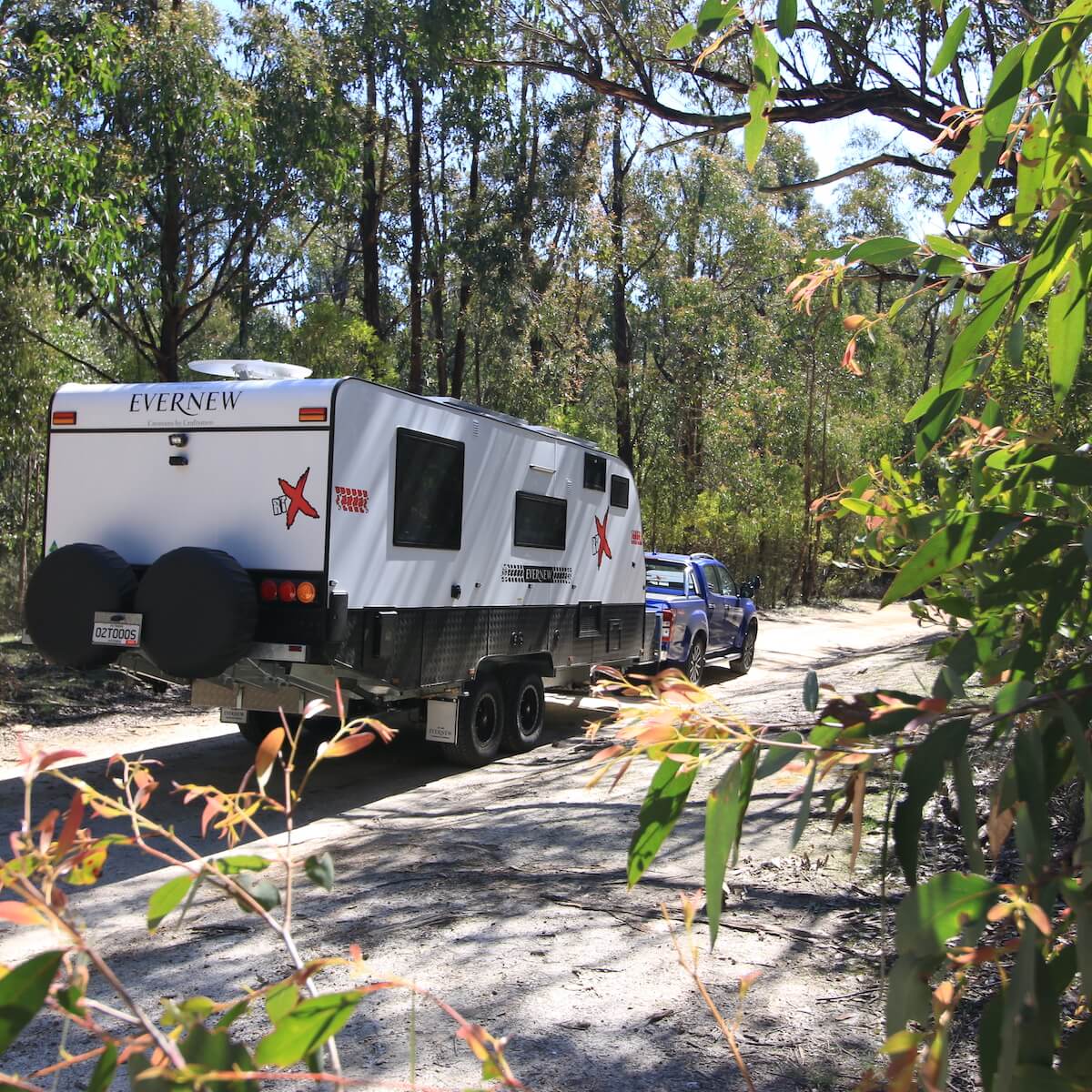
MOTORHOMES
Standard C class motorhomes – a cab-chassis rig with the ‘living quarters’ built on the back and a Luton peak standing high above the cab – are not built for hard offroad work. Often based on the venerable Fiat Ducato or Mercedes Benz Sprinter, they are designed for highway cruising, holiday park stays and the like.
The standard suspension on such vehicles is designed for commercial applications. The Ducato, for example, comes with Macpherson strut, independent, double-wishbone front suspension and a rigid axle with leaf springs in the rear. Various suspension upgrades are available (AL-KO provides three different suspension options to its AMC chassis); however, their lack of ground clearance and rear overhang – among other limiting factors – make them a great choice for exploring hinterland regions, wineries, etc., but unsuitable for genuine offroad destinations.
Does this mean no motorhomes will cut it in the hard-core outback? Not by a long shot. In fact, Australia has numerous manufacturers that specialise in such vehicles. From go-anywhere rigs built on the Toyota Hilux with a bed over the cab and living quarters in the back (making them a mini C class rig), to offroad motorhomes built on the Mercedes Sprinter 4×4 platform, not to mention incredible all-terrain expedition motorhomes that will make your jaw drop, some of these rigs will outperform a standard 4WD and offroad caravan combination on offroad surfaces.
If you are set on travelling offroad destinations in a motorhome, it’s a specialised vehicle such as one of these that I’d recommend.
The fact you won’t be towing your living quarters is an obvious benefit when it comes to negotiating offroad tracks in search of the perfect campsite. They’re easier to turn around, too – missing your turn-off won’t necessarily mean driving another 5km in search of somewhere to perform a U-turn.
Another major benefit for the true offroad explorer: travelling in a dedicated all-terrain motorhome allows the option of towing a boat, personal watercraft or even a trailer packed with supplies.
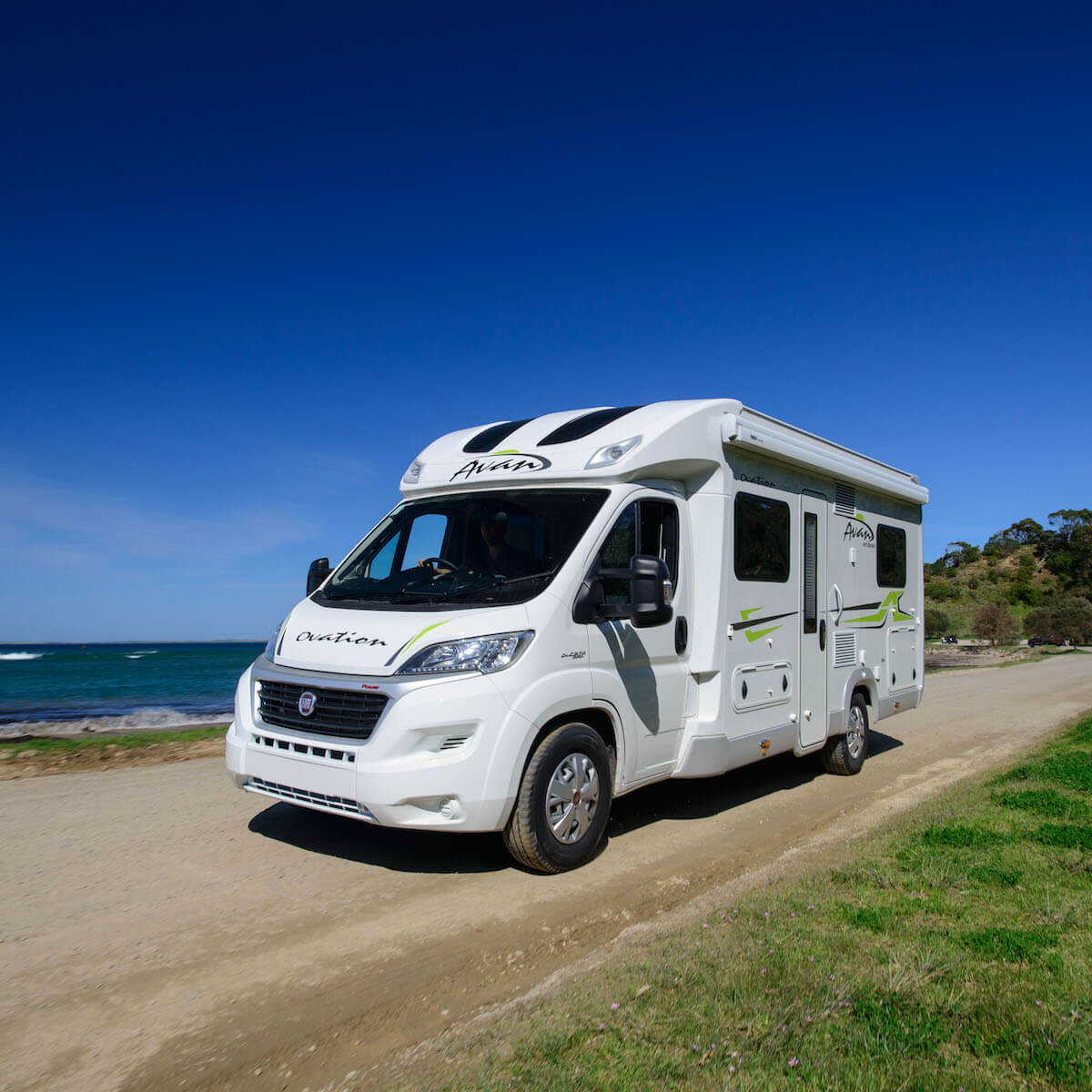
CARAVANS
Australia offers a seemingly endless array of options when it comes to purchasing an offroad caravan. From fully-specced rigs weighing 3000kg or more once laden, to diminutive campers that offer just the basics, there’s something for all needs and budgets.
However, one thing they all have in common: they must be towed. And with that comes a number of considerations.
Will the sheer size of your 4WD and caravan combination allow you to get through that twisting track without losing the awning? Will the weight of that big offroad van prove to be a burden in the long term, especially when it comes to fuel consumption and increased tow vehicle servicing costs? If you are required to fit a weight distribution hitch, don’t forget that you’ll have to remove it before tackling offroad terrain – how will this affect your vehicle’s handling?
Nonetheless, there are plenty of benefits. First, the choice. If you already own a 4WD with a decent towing capacity, I’d wager you’ll find an offroad caravan to suit.
You’ll also appreciate the various options for storing your gear, the ability to customise the van to suit your needs, and the ability to leave it at camp while you jump in the tow vehicle to explore.
They also offer plenty of flexibility in terms of touring with kids. Internal bunks and an onboard bathroom are easily found. And when it’s time to hit the road, it’s just a matter of hitching up and piling into the 4WD. How many seats, with seatbelts, does that offroad-capable motorhome you like offer?

SUMMING UP
If true offroad travels are in your future, then it’s important to buy an offroad-capable vehicle. And it’s fair to say that in Australia there are many more caravan options than there are motorhome options, and more again if it’s going to be a family affair. Nonetheless, their versatility and ability to access almost all areas make true offroad motorhomes seriously tempting.
While I hope this article has given you something to consider, remember that there is no right or wrong way to travel – there are pros and cons to both vehicle types. The best advice: consider what you really need, and where you really want to go, and work backwards from there.
MEET THE AUTHOR

Max Taylor
Max Taylor has been caravanning since he was a kid and was the editor of some of Australia’s most well-known RV publications for almost 10 years.

